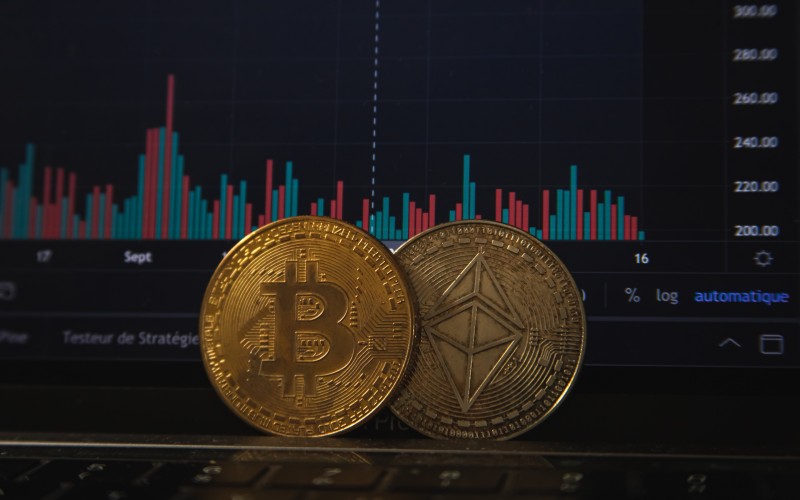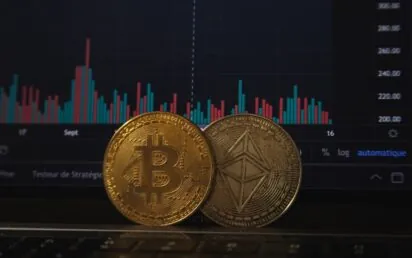As Bitcoin crosses the $40,000 mark, mainstream news outlets are once again putting it under the spotlight. Coming out of a terrible bearish market, the common investor is rarely up to date with the developments in the industry.
This article will attempt to provide you with a thorough overview of Bitcoin’s present and future. We will explore the latest technology updates and crucial adoption metrics about this asset.
Assessing the Current Status of Bitcoin
Bitcoin has been around for more than a decade. Satoshi Nakamoto ideated this digital asset with decentralization and deflation in mind. Coming from the 2008 housing and banking crisis, Bitcoin’s inventor wanted to offer the world a new type of asset — one that didn’t require any centralized entities to function.
As a result, Bitcoin’s network has encountered significant success and achieved what no other asset has managed until now.
1. Bitcoin revolutionized cross-border transactions. When sending BTC, users interact directly with each other, with only the network protocol acting as an intermediary. For Bitcoin, there are no restrictions or borders, and anyone can access the network’s services. Since there are no intermediaries like banks, transaction fees are minimal and only depend on the congestion of the network itself.
2. Thanks to its tenacity against inflation and bear markets, many institutions have started integrating Bitcoin into their financial products. Take the latest rumors of financial market leaders like Blackrock launching a Bitcoin spot ETF. This shows that the original crypto has become much more than just a highly volatile speculative asset.
3. Bitcoin’s adoption has been increasing steadily over the years. We can see more and more merchants accepting it as a payment method. Additionally, Bitcoin ATMs are becoming more prevalent and accessible all over the globe, making it even easier to buy Bitcoin instantly.
4. Finally, Bitcoin’s deflationary nature allows it to become scarcer over time and increases demand. The protocol limits BTC’s supply to 21 million, making it even more rare than gold. It’s only natural that every serious investor would eventually want to own some of this increasingly unique asset.
All in all, Bitcoin has become an incredible store-of-value asset over the years. Investors praise its decentralization, endurance, and deflationary nature.
The Future of Bitcoin
That being said, Bitcoin’s future depends on various factors that require thorough analysis. Its staying power could be positively or negatively impacted by one of the following market components.
Regulatory Environment
In the past year, financial regulators across the globe have been pushing a strong agenda against cryptocurrencies in general. In the US, in particular, the SEC has crusaded against centralized exchanges such as Binance, Kraken, and even Coinbase. While the initial goal of the SEC was to protect investors, the heavy-handed approach to regulating crypto has hurt the market in the short term.
That being said, Bitcoin hasn’t been in the regulator’s crosshairs. Moreover, due to its decentralization, regulators often consider Bitcoin as a commodity. Consequently, we can expect BTC to avoid most of the pressure coming from harsh regulations.
Technological Advancements
Bitcoin runs on a first-generation blockchain and requires a lot of energy for miners to confirm transactions. The network cannot support a huge amount of transactions, and fees can skyrocket in times of high congestion. This has pushed investors to accept Bitcoin as a store of value instead of a digital asset for daily transactions.
However, the emergence of the Lightning Network (LN) and its adoption might change all of this. LN acts as a second layer for the Bitcoin blockchain, allowing users to validate transactions off-chain. In this case, the underlying Bitcoin network acts as a settlement layer, where transactions are confirmed in batches. The LN allows to alleviate most of the strain from Bitcoin, keeping fees affordable and transactions near-instant.
Moreover, another recent technological advancement in the Bitcoin network is the Ordinals Protocol. This new token standard allows developers to inscribe the smallest value of BTC (satoshi) with additional data. As a result, developers can mint custom tokens and NFTs, similar to the Ethereum network.
Ordinals is a revolutionary development that increases the demand for Bitcoin blockspace and keeps miners afloat.
Evolving User Base
Finally, we should mention that the Bitcoin user base is slowly evolving from retail to institutional investors. As BTC keeps demonstrating its resilience to inflation, major financial institutions are investing in this asset.
Companies like Microstrategy have continuously acquired BTC during the bear market. They recently reached an astonishing number of 158,400 units, worth $4.7 billion at the time of writing.
Additionally, financial market movers like Blackrock and Grayscale are betting on providing BTC Spot ETF to the mainstream investor. This would allow pension funds, banks, and even countries to own BTC legally and speculate on its value.
This brings us to our last point, where countries like El Salvador took a huge bet with Bitcoin. The country adopted the asset as a legal tender and invested millions in crypto infrastructure and adoption.
Forecasts for Bitcoin in 2024
So, what can we expect from Bitcoin in the next year? Many signs are pointing towards a bull market and increased adoption. With the possibility of BTC ETFs getting approved, we could see a significant surge in liquidity entering the markets. Moreover, thanks to technical upgrades, additional adoption in mainstream usage as a currency is highly possible. You should consider these factors when developing your crypto investment strategies.
However, the crypto markets are still not out of the weeds regarding regulatory scrutiny. If the pressure persists, we could see Bitcoin lose some of its momentum.
Conclusion
Thanks to its numerous qualities, Bitcoin has become more prevalent as an investment product with mainstream and institutional investors alike. Its accessibility, decentralization, and limited supply make it one of the most powerful hedges against inflation. As regulators understand the technology and its advantages, BTC could become an inevitable financial instrument in our daily lives.


